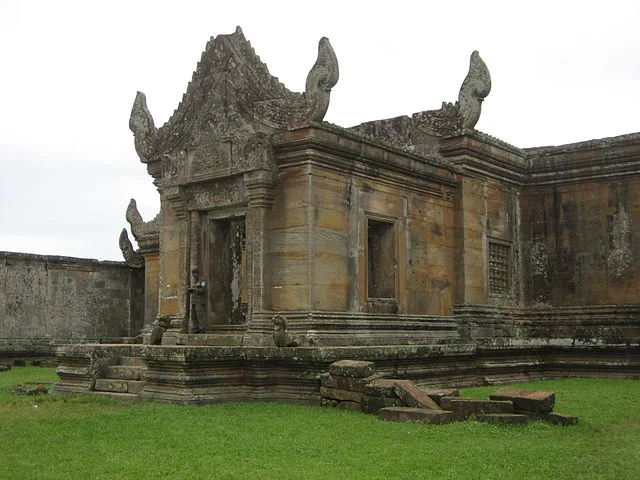Preah Vihear Temple, located atop the Dangrek Mountains along the Cambodia-Thailand border, is one of the most remarkable examples of Khmer architecture. Constructed primarily between the 9th and 12th centuries AD, the temple complex served as a spiritual center dedicated to the Hindu god Shiva. Preah Vihear’s strategic position, perched over 1,700 feet above sea level, provided it with commanding views of the surrounding plains, enhancing its importance as a place of worship and defense.
Get your dose of History via Email
Historical Background
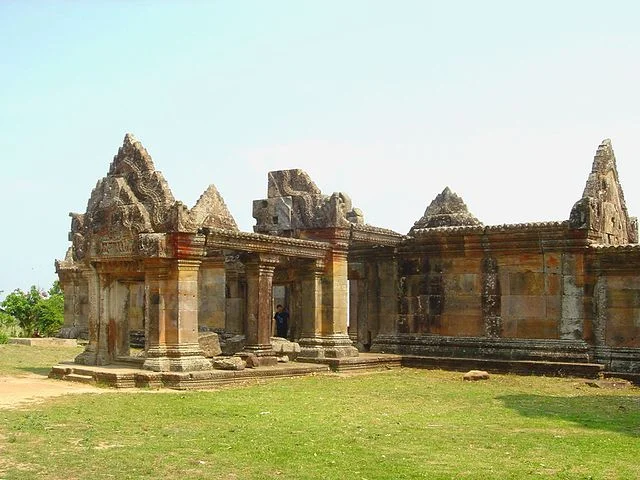
The history of Preah Vihear Temple reflects the evolution of Khmer architectural and religious practices. Construction likely began in the early 9th century AD under the rule of King Yasovarman I. Additions continued through the 12th century AD during the reigns of prominent Khmer kings, such as Suryavarman I and Suryavarman II, who expanded and enhanced the temple complex. While initially dedicated to Shiva, Preah Vihear also absorbed elements of later religious shifts within the Khmer Empire, reflecting a gradual shift towards Buddhism.
Architectural Features
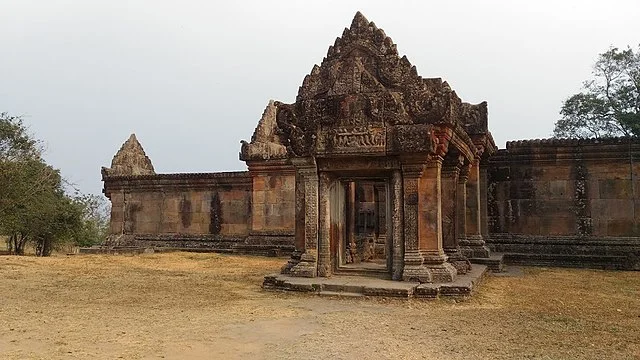
Preah Vihear Temple is an excellent representation of Khmer temple architecture, with its tiered layout following the natural slope of the mountain. Unlike other major Khmer temples, such as Angkor Wat, which are primarily horizontal, Preah Vihear’s design uses a linear axis that rises along the hillside. This unique orientation emphasizes the temple’s symbolic journey upward, representing a spiritual ascent.
The complex consists of a series of gopuras (gateways) and sanctuaries that mark each level along its central axis. Each gopura leads to progressively higher and more sacred areas of the temple. The most important structures, such as the central sanctuary, are located at the summit, underscoring the religious significance of height within Khmer architectural philosophy. Detailed bas-reliefs, depicting Hindu legends and deities, adorn many of the temple walls, adding artistic significance to the site.
Religious Significance
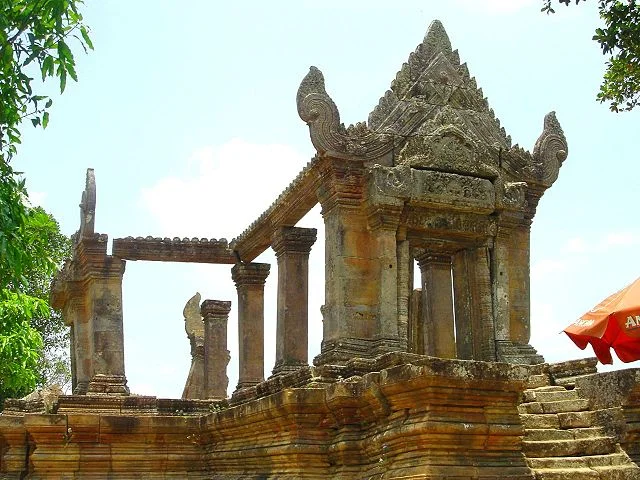
As a Hindu temple, Preah Vihear was originally dedicated to the god Shiva, with a focus on his representation as “Shiva the Destroyer” and protector of the mountain. The Khmer kings, who claimed divine authority through their association with Hindu deities, used temples like Preah Vihear to reinforce their spiritual and political power. The sacred nature of the temple elevated its importance, both spiritually and politically, for the Khmer Empire.
Over time, as Buddhism gained prominence in the Khmer Empire, Preah Vihear adopted Buddhist elements and symbols, although it retained much of its Hindu architectural design. This shift reflects the flexible nature of religious practice within the empire, where Buddhist worship could coexist alongside older Hindu traditions.
Modern Controversy and UNESCO Status
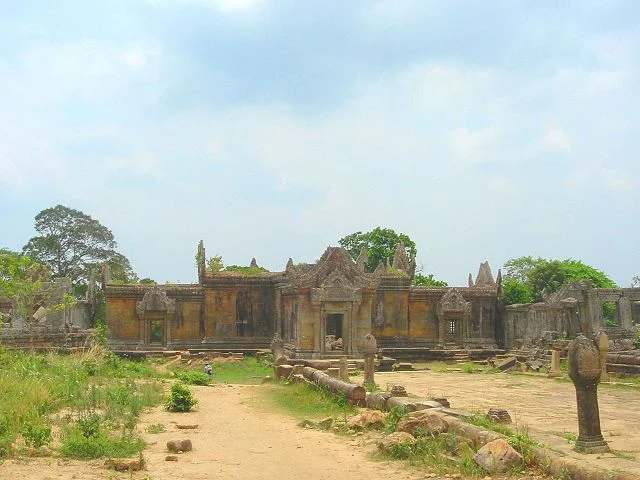
In the 20th century, Preah Vihear Temple became the focus of a territorial dispute between Cambodia and Thailand. Both nations claimed the temple and the surrounding land, a conflict rooted in colonial-era boundary definitions. In 1962, the International Court of Justice ruled that Preah Vihear belonged to Cambodia, though disputes continued.
In 2008, UNESCO recognized Preah Vihear Temple as a World Heritage Site, emphasizing its outstanding universal value as a cultural site. However, the decision reignited tensions between Cambodia and Thailand. The site’s historical importance made it a focal point for both cultural pride and national identity, complicating diplomatic relations. Despite these challenges, Preah Vihear remains an enduring symbol of Khmer heritage.
Conservation Efforts
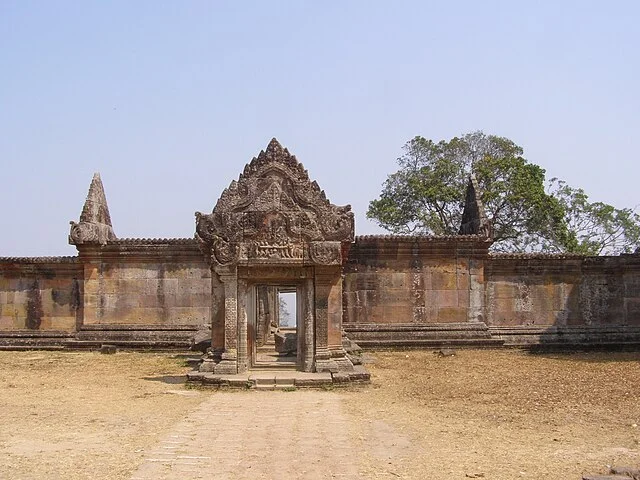
Preah Vihear’s mountainous location and historical conflict have posed challenges to its preservation. Conservation efforts began in the mid-20th century, with a focus on stabilizing the temple’s structure and protecting it from further damage. Ongoing preservation programs, conducted in coordination with UNESCO, aim to protect the temple’s architectural integrity while maintaining its cultural significance.
Tourism, though beneficial for raising awareness, also introduces risks to the site. Conservationists balance public access with preservation, ensuring that Preah Vihear Temple remains a protected historical site while allowing visitors to appreciate its cultural and architectural heritage.
Conclusion
Preah Vihear Temple stands as a testament to the architectural and spiritual legacy of the Khmer Empire. Its unique design, blending with the natural landscape of the Dangrek Mountains, emphasizes the Khmer approach to temple construction as both a religious and symbolic act. Today, Preah Vihear not only represents a critical part of Cambodian heritage but also highlights the complex relationship between culture, history, and modern diplomacy. As conservation efforts continue, Preah Vihear Temple will likely remain an enduring symbol of the Khmer civilization and its rich architectural and spiritual traditions.
Source:

